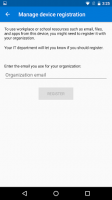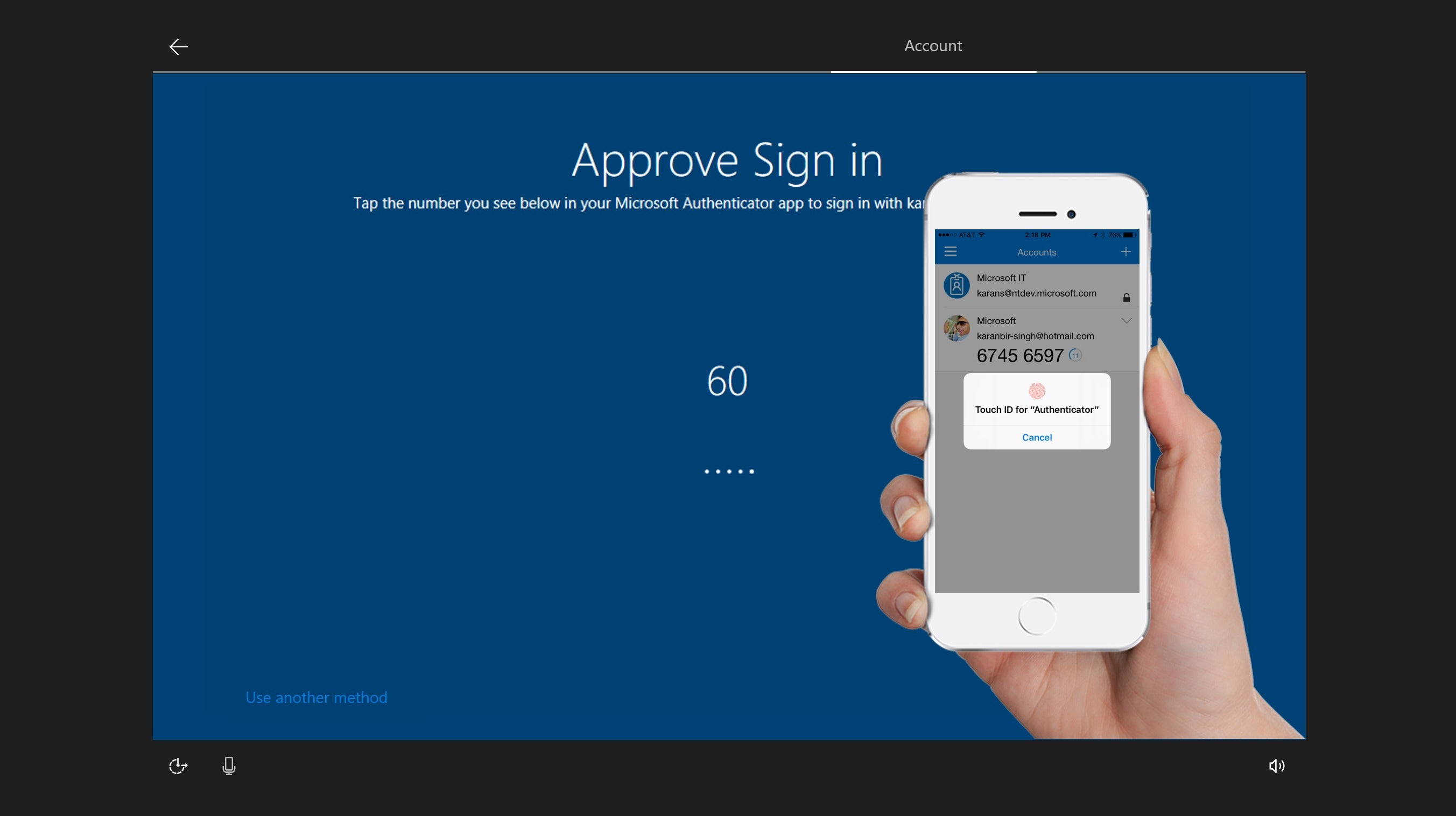
This should open a QR code/six-digit on the screen or a unique code. After that, head over to the platform/website which needs 2FA (it should support sign-in via third-party authenticator apps), locate and select the option to enable 2FA using an app. To add a non-Microsoft account, tap on the three dots, select 'Add Account,' and tap on the 'Other Account' option. For adding another Microsoft account, users should tap on the three dots at the top right, select 'Add Account,' and tap on either 'Personal Account' or 'Work or school account' and add the account by signing in or scanning a QR code. As users sign up with their Microsoft account, the application should pick up the account by default. As the users open it, the application will ask them to create or sign in via a Microsoft account, which will open the security dashboard. When users try to log into a linked account, the platform asks for the code generated by the Microsoft Authenticator app.Īndroid and iOS users can download the Microsoft Authenticator App from the Google Play Store and Apple App Store. Microsoft mentions on the official support page that users can securely back up and restore their account credentials and sign in to non-Microsoft accounts. Just like other authenticating applications such as Google Authenticator or Authy, Microsoft Authenticator generates unique six or eight-digit codes that keep changing every 30 seconds.


Technically, Microsoft Authenticator is the company's 2FA application that generates unique codes that are required to access linked accounts. In simple words, Microsoft Authenticator App is a tool that provides additional security to users' digital accounts. Related: Microsoft Edge Passes Safari For World's Second Most Popular Browser Such applications are called authentication apps and help users increase the security of their digital identities and related information. As a result, these platforms might ask users to set up more than one log-in credential, for instance, two-factor authentication (2FA) via third-party apps such as Microsoft Authenticator. While most platforms require only one credential, i.e., the password to let a user log in, some platforms follow advanced security protocols.


 0 kommentar(er)
0 kommentar(er)
